
1. Pluto is actually red.
2. There is probably water on Mars.
3. NASA confirmed the existence of the 1,000th planet to be found outside our solar system.
4. There's a four-mile-high mountain on dwarf planet Ceres.


5. Scientists found the first known fossil of a four-legged snake.
6. There's a humpback whale whose call has a frequency of just 40 hertz – much lower than the species' usual range of 80–4,000Hz.
7. A species of nautilus called Allonautilus scrobiculatus was spotted in July, after disappearing from scientists' view for 30 years. It can be distinguished from other nautilus species by its slimy coat.
8. It turns out that a type of ice that looks weirdly like hair and grows on dead trees is formed by a fungus.
9. Stink bugs change the colour of their eggs depending on where they lay them.
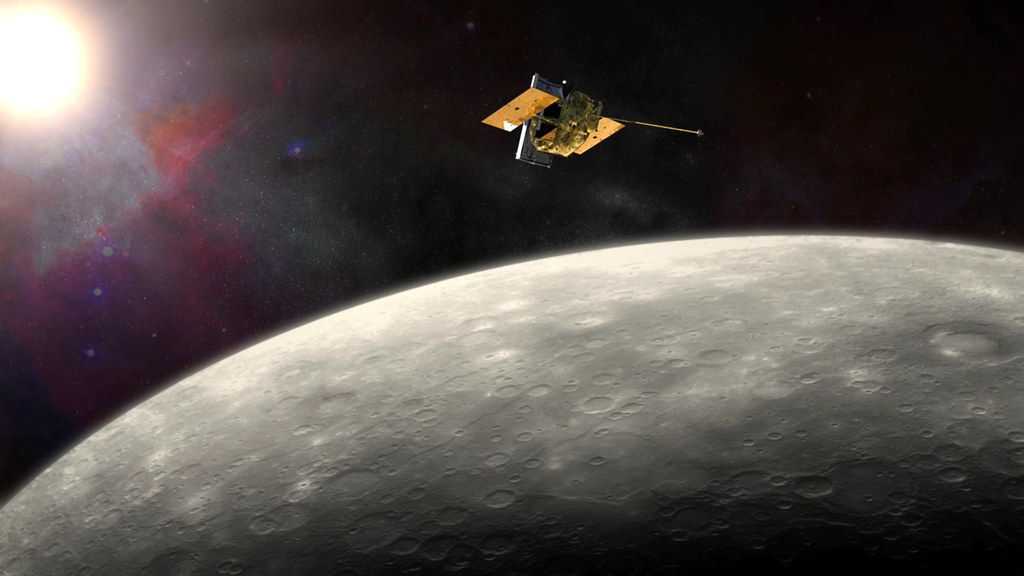
10. The first photo of the birth of a planet was captured.
11. For the first time, a rocket launched into orbit and then landed safely and vertically, paving the way for reusable space vehicles and much cheaper space travel.
12. The Beagle 2 spacecraft was found intact on Mars, over a decade after it was lost on Christmas Day in 2003. It turns out that it had landed successfully but was unable to communicate with Earth.
13. NASA crashed a spaceship into the surface of Mercury.
14. The most distant galaxy ever discovered was spotted by the KECK Mosfire observatory, 13.1 billion light years away.

15. Researchers grew the first contracting muscle in a lab.
16. A woman in Belgium became the first person to give birth using frozen ovarian tissue removed when she was still a child.
17. The World Health Organization declared that rubella (German measles) had been eradicated from the Americas after a 15-year vaccination drive.
18. Scientists mapped and simulated the brain of a roundworm, and used the simulation to control a cyborg made of Lego.
19. Brain cancer in rats was successfully treated using nanotechnology.

20. Limpets' teeth turned out to be the strongest natural substance ever discovered, beating the previous record-holder, spider silk.
21. The discovery of a 2.8-million-year-old fossil jawbone suggests that humans existed at least 400,000 years earlier than previously thought.
22. NASA reproduced the building blocks of DNA in outer-space conditions, which they say casts light on how life arose on Earth (and how it may have arisen elsewhere).
23. Scientists hailed a "revolutionary leap forward" in artificial photosynthesis: using solar energy to take carbon dioxide out of the atmosphere and turn it into useable carbon compounds such as plastics and fuels.


24. A "warm-blooded" fish, able to control its own body temperature, was discovered.
25. A species of monkey thought to have been extinct for 40 years – the Bouvier's red colobus – was discovered alive and well in a Congolese forest.
26. A critically endangered species of ferret was reproduced using frozen sperm from an animal which had been dead for 20 years.
27 A new species of giant tortoise was identified on the Galapagos islands.
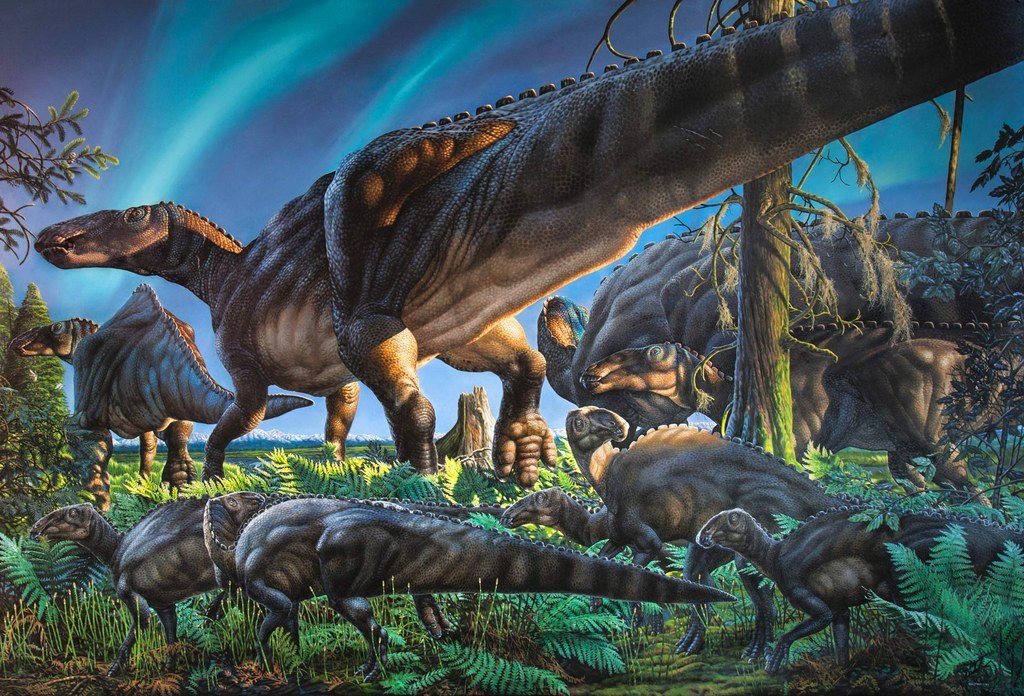
28. The oldest ancestor of modern birds ever discovered was found in northeast China.
29. A new species of dinosaur was discovered, Ugrunaaluk kuukpikensis, which lived above the Arctic circle – the furthest north of any known dinosaur.
30. Evidence of life was found in a 4.1-billion-year-old crystal – suggesting that life on this planet is 300 million years older than thought.
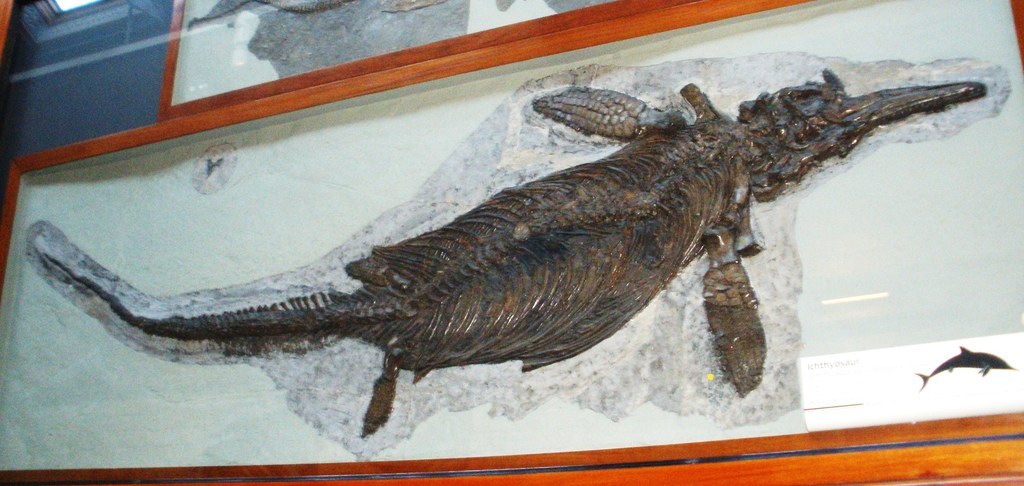
31. The genome of the woolly mammoth was comprehensively analysed for the first time.
32. A rapidly warming climate is thought to have been the main culprit in the extinction of megafauna in the Late Pleistocene.
33. A new Jurassic-era marine reptile was identified from fossils found on the Isle of Skye in Scotland.
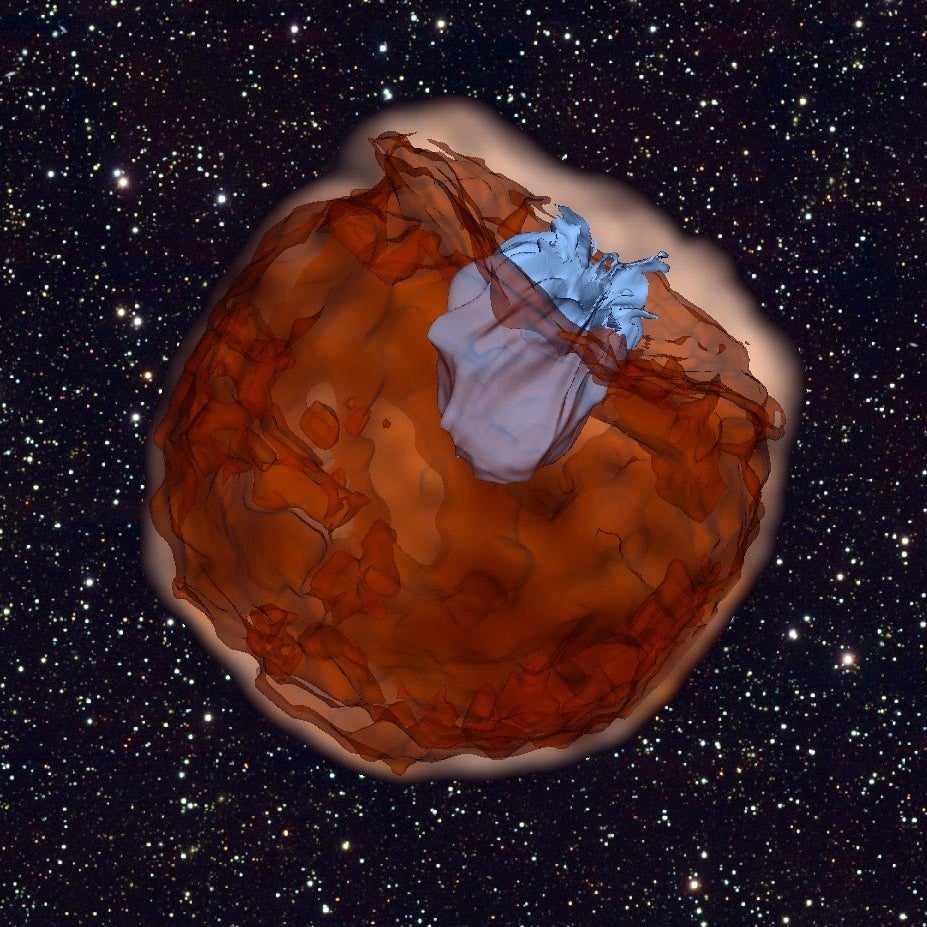
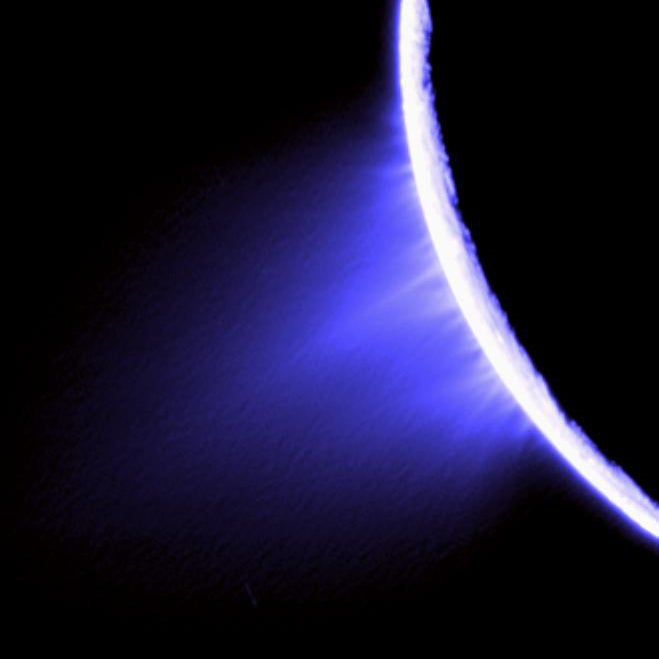
34. The Cassini probe found hydrothermal activity – vents spouting hot water into its deep oceans – on Saturn's moon Enceladus, meaning that it could be capable of supporting life.
35. A strange, massless new particle, the Weyl fermion, was discovered 85 years after its existence was postulated.
36. The fastest-moving star ever known has been seen hurtling out of the galaxy at 1,200km/s, propelled by a supernova explosion.
37. The Kepler space telescope observed a supernova from start to finish.

